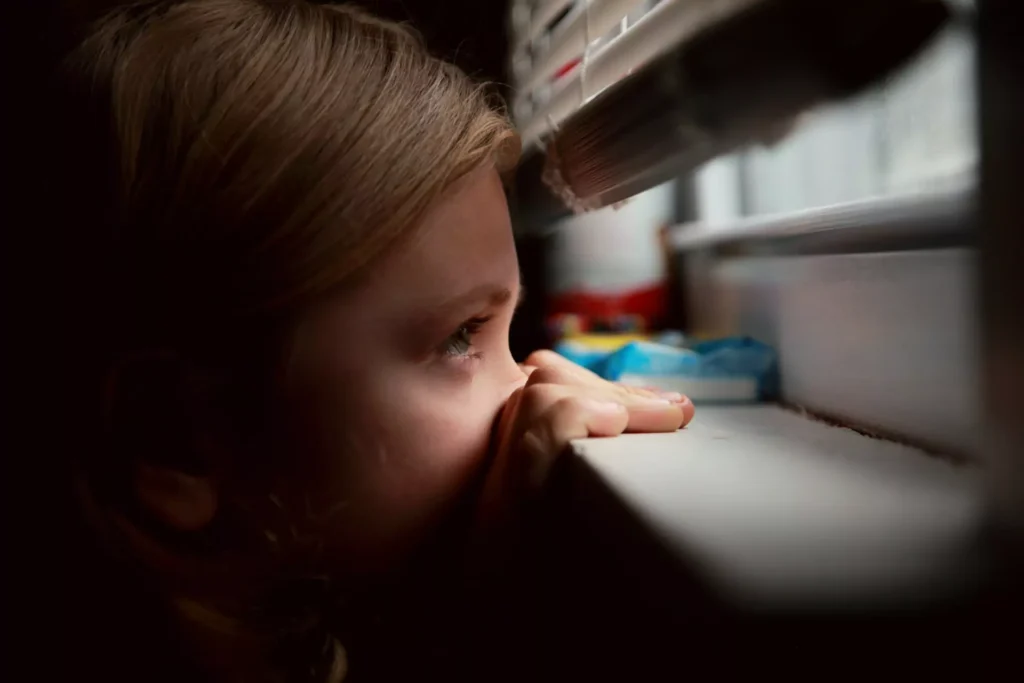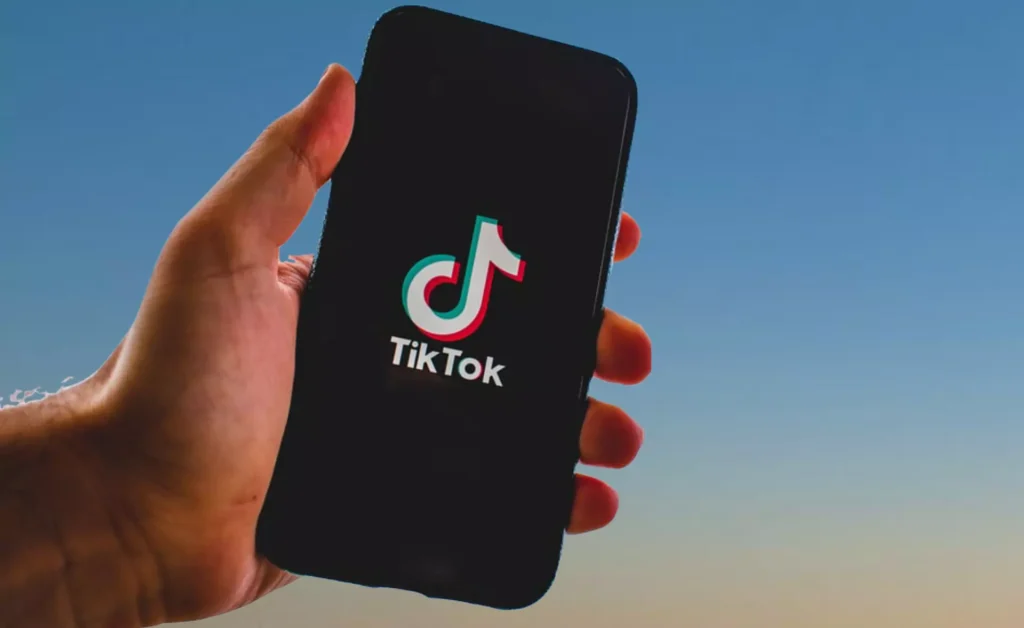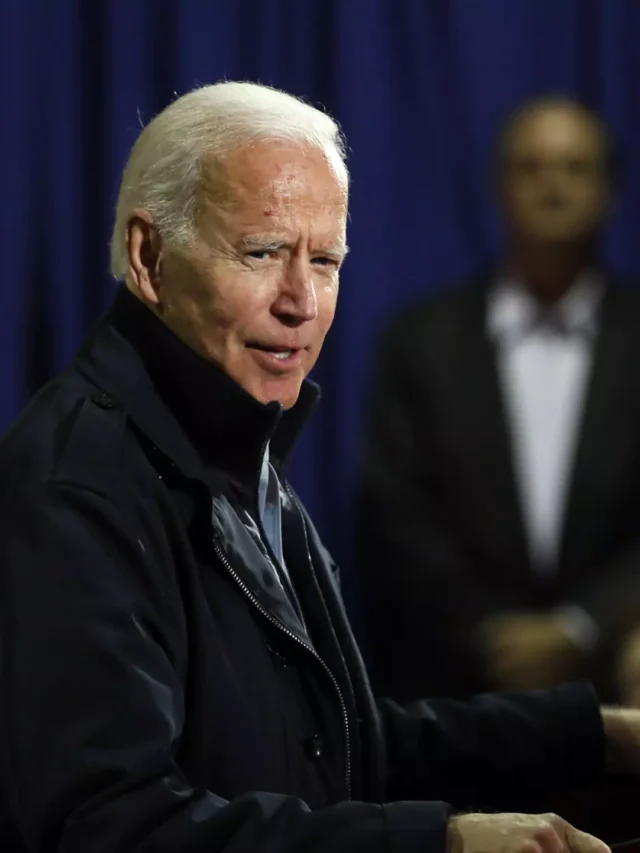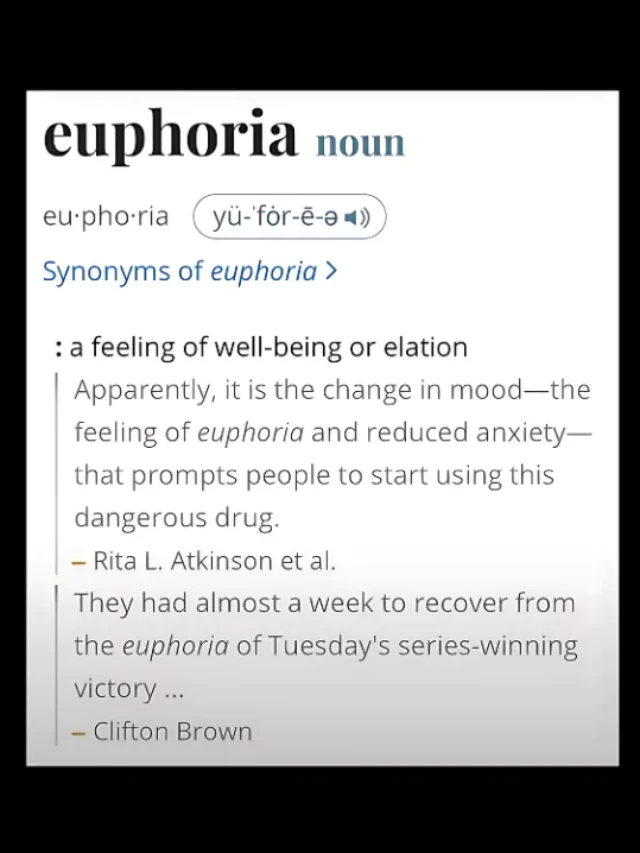The European Union (EU) Commission has ignited a firestorm over TikTok Lite, the popular video-sharing platform’s lightweight app. The crux of the issue lies in the app’s “Task and Reward” program, which incentivizes users with points for watching videos and engaging with content. The EU’s primary concern centers on the potential detriments this program could pose to the mental health and well-being of minors.

Table of Contents
A Looming TikTok Lite Suspension: The EU’s Digital Services Act (DSA) in Action
The EU Commission has invoked the bloc’s recently enacted Digital Services Act (DSA) to launch a formal investigation into TikTok Lite. The DSA empowers the EU to enforce stricter regulations on online platforms, particularly regarding content moderation and user safety. In this instance, the Commission contends that TikTok Lite may have breached the DSA by:
- Failing to conduct thorough risk assessments before rolling out the “Task and Reward” program in France and Spain.
- Neglecting to implement effective age verification mechanisms, raising concerns about children’s access to potentially harmful content and manipulative reward structures.
- Disregarding the potential for addiction, particularly among younger users susceptible to excessive screen time and the allure of accumulating rewards.
The Commission has emphasized that unless TikTok Lite furnishes compelling evidence demonstrating the program’s safety for minors, it stands prepared to enforce “interim measures” under the DSA. This could translate to a suspension of the “Task and Reward” program within the EU until a thorough safety assessment is completed.

TikTok’s Response: Defending the Program and Highlighting Age Restrictions
TikTok has vehemently contested the EU’s accusations. The company asserts that the “Task and Reward” program is exclusively available to users aged 18 and over. Additionally, TikTok Lite maintains that the program incorporates safeguards like daily limits on video watch tasks, designed to promote responsible use.
However, the EU Commission remains unconvinced. It questions the efficacy of these age restrictions without robust verification methods. Moreover, the Commission expresses apprehension that the program’s reward system could still exert an undue influence on minors, potentially leading to excessive screen time and compulsive behavior.
Child Safety in the Digital Age: A Balancing Act
This imbroglio underscores the multifaceted challenge of safeguarding children in the ever-evolving digital landscape. Social media platforms, with their inherent appeal and potential for addiction, necessitate robust safeguards to shield young users from potential harm. Here are some of the key considerations:
- Effective Age Verification: Implementing reliable mechanisms to prevent minors from accessing age-inappropriate content or programs with potentially addictive qualities is paramount.
- Transparency and Clear User Guidelines: Platforms, like TikTok, must make their policies and safety measures transparent and readily accessible to users. This includes clearly outlining age restrictions and providing easily understandable explanations of features like reward programs.
- Parental Controls and Educational Resources: Tools empowering parents to monitor, manage, and restrict their children’s online activity are crucial. Additionally, providing parents with educational resources to guide their children’s responsible use of technology is vital.
- Platform Accountability: Social media platforms must be held accountable for upholding user safety, particularly when it concerns vulnerable populations like children. This might involve stricter regulatory frameworks and potential sanctions for non-compliance.

The Road Ahead: A Collaborative Approach for Child Online Safety
The EU’s intervention regarding TikTok Lite represents a significant step towards prioritizing child safety within the digital realm. However, addressing this challenge effectively necessitates a collaborative approach involving:
- Social Media Platforms: Platforms must proactively invest in robust safety measures, conduct thorough risk assessments, and implement effective age verification systems.
- Regulatory Bodies: The EU’s DSA serves as a template, but other countries and regions can learn from this example to enact comprehensive frameworks safeguarding children online.
- Parents and Guardians: Parents play a pivotal role in fostering responsible digital citizenship within their children. Guidance, open communication, and the utilization of parental controls are essential.
- Mental Health Professionals: Collaboration with mental health experts can inform the development of effective online safety guidelines and identify potential risks associated with addictive features on social media platforms.
Also Read:
- AMD Stock Slides After Earnings: A Deep Dive into the Data Center Outlook and Investor Sentiment

- Jeff Goldblum Skips Trust Funds: Raising Self-Made Kids or Risky Move?

- 10 Facts About “The Zone of Interest” – Unveiling the Monstrosity

- Student Loan Changes: PSLF Update, Repayment Restart & More (May 2024)

- Bay FC vs. Portland Thorns FC: Watch the NWSL Match Live (Stream & TV Guide)

Popular Categories:
Trending Stories:




